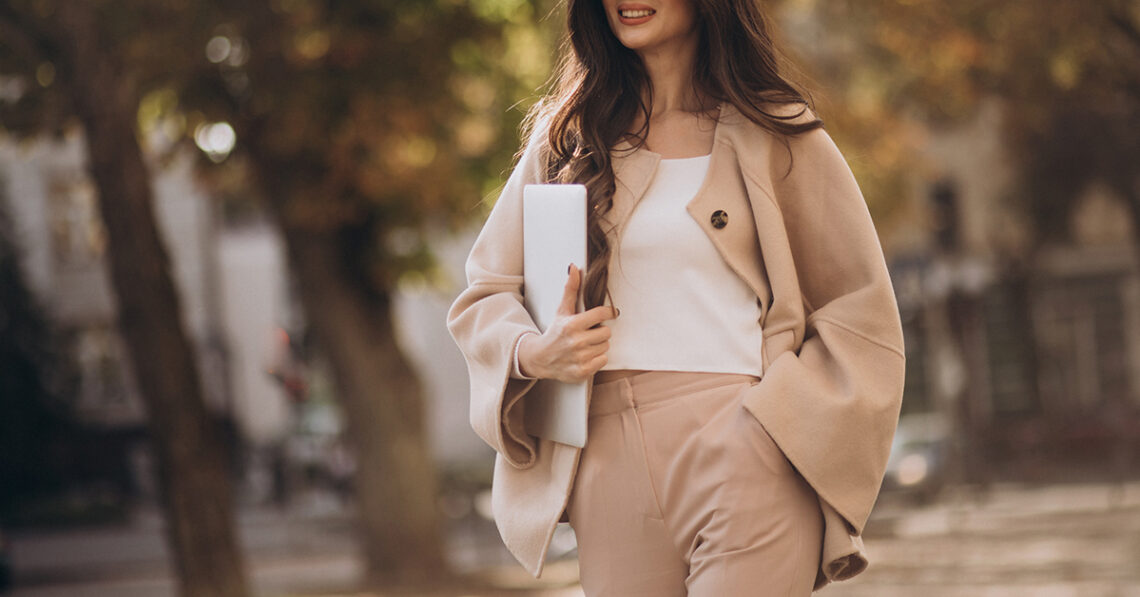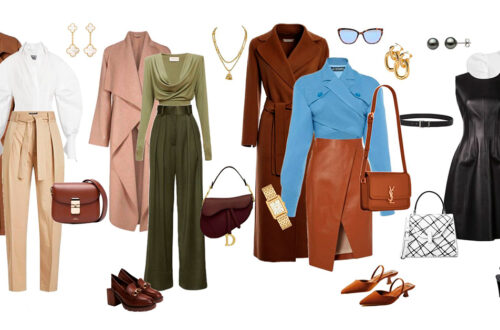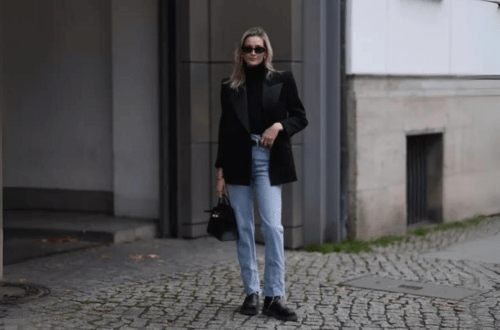
Woman’s Business Attire: Decoding All the Work Dress Codes
If you aim to create your perfect workstyle, let me tell you this: woman’s business attire is all about etiquette and strategy. And what does strategy teach us? To know the rules before breaking them.
Even if business attire codes may seem stiff and outdated, we need to know them in order to bend them with confidence… and slay in every work situation!
Table of Contents
ToggleWhat is business attire?
Before diving into the different types of work dress codes, let’s start with some terminology. “Business attire” is a very wide term that indicates the clothing that is typically worn to a professional setting. In modern workplaces, this can mean anything from t-shirts to suits.
Despite every office having different rules and dress codes, it is scientifically proven that work wear has a significant impact on how we are perceived (and even on our own productivity and mood).
We can “split” woman’s business attire into five levels: casual, smart casual, business casual (or office casual) and business formal.
1. Casual
Mood: Just be yourself (respectfully)
Where to find it: Small companies, arts, tech companies
@im_lola__ 1 outfit formula 5 ways 🖤 #fyp #tiktokfashion #outfitinspo #sneakeroutfit #casualoutfits ♬ original sound - imlola
A casual attire is the most informal workstyle: that’s why it can fit young and relaxed workplaces such as many other non-professional settings.
Casual dress code refers to outfits that are informal and comfortable yet clean and professional, such as: jeans, sundresses and maxi dresses, long or short skirts (not mini), khakis, shorts, t-shirt, polo shirt, turtleneck, cardigans, blazers, casual button-down blouse, sneakers, loafers, sandals and low heels.
Casual style permits a wider range of colors, prints, and accessories BUT, remember that we need to avoid: sportswear, revealing clothing, logomania, distressed or ripped items, flip-flops and, of course, stained, wrinkled or ripped items.
2. Smart casual
Mood: Your professional trendy style
Where to find it: Think tanks, tech companies, start-ups, fashion
@evepecak Back to the office looks 🗄️ #officeoutfit #officeoutfits #workwear #workwearstyle #worklife ♬ Collide (more sped up) - Justine Skye
Smart casual is the most fashionable workstyle: it refers to semi-formal outfits with a trendy twist.
A smart casual outfit includes: blazers, button-down shirts, cardigans, dresses, sweaters, trousers, khakis, skirts, blouses, heels, flats, dress shoes, clean sneakers.
Smart casual allows you to express your personality through color, prints, and accessories; just stay conscious of your environment and season to be sure to fit in and never overdo it with jewelry nor prints.
3. Business Casual (office casual)
Mood: Comfy sophistication
Where to find it: Media and marketing offices, non-profits, education
@nenaevans_ work outfits for the week 🫶🏽 #workoutfitsforwomen #workwear #corporategirlies #officeoutfit #businesscasual #workoutfit ♬ Water - Tyla
Business casual is maybe the most used dress code in American workplaces: it’s the perfect balance between casual and formal.
In business casual we want to match classic business staples with casual elements: pencil skirts, slacks, khakis, trousers, blouses, collared shirts, button-down shirts, , blazers, sweaters, jackets, flats, lifestyle sneakers (with leather or canvas), loafers, mules, boots, heels.
Remember that this style is less fashionable than smart casual; a personal touch is allowed but modesty is preferred: choose easy-to-match colors, simple accessories, and classy prints.
4. Business Formal (Business Professional)
Mood: Ode to tradition
Where to find it: Government, finance, law
@margkr Went the more traditional route today #navyblue #corporategirlies #corporate #womeninfinance #whatiweartowork #businessformal #girlboss #officefashion #fashion #capsulewardrobe #lawyer ♬ Sex and the City (Main Theme) - TV Sounds Unlimited
Business formal (also known as business professional) is a strict and formal dress code for more conservative and traditional companies.
Elegance is a must; you can wear tidy dresses, slacks, skirts, slacks, dark-colored suits, neat button-down shirts, blouses with a blazer, heels, loafers, or flats.
The accessorize level is minimal: jewelry and belts need to be simple, classic, and coordinate (for example, the belt with the shoe). The most important rule for this style is to keep it very serious, especially with the colors – choose solid, neutral, or dark colors such as charcoal, gray, and navy.
The discovery of your personal workstyle
Know that you know all about woman’s business attire, you can start to think about how to personalize your office outfits. It is important to find a style that makes you feel confident and professional, respecting your company culture and the specific occasion.
Remember: if you are unsure of what to wear, it is always better to err on the side of caution and dress more formally.
Despite the different rules and dress codes of every office, it is scientifically proven that workwear has a significant impact on how we are perceived (and even on our own productivity and mood).
Desy Gregis
’m Desy, your new fashionista bestie. I’m an entrepreneur and business consultant living between Colombia and my home country, Italy. In this blog, we share news and trends about office fashion. I’m going to spill all the tea about how and why dressing for success is a fact.

You May Also Like

Fall-Winter Capsule Wardrobe: Mastering Workwear with 10 Fashion Experts
October 20, 2023
20 Stylish and Professional Fall Office Outfits for 2023
October 18, 2023
